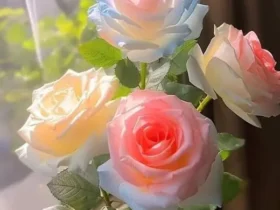Gladiolus, often referred to as the “sword lily,” is a genus of flowering plants renowned for its tall, stately spikes of blooms. With their vibrant colors and elegant form, gladioli have captivated gardeners and flower enthusiasts for centuries. In this article, we will explore the fascinating world of gladiolus, delving into their history, distinctive characteristics, cultivation tips, and the joy they bring to gardens and floral arrangements.
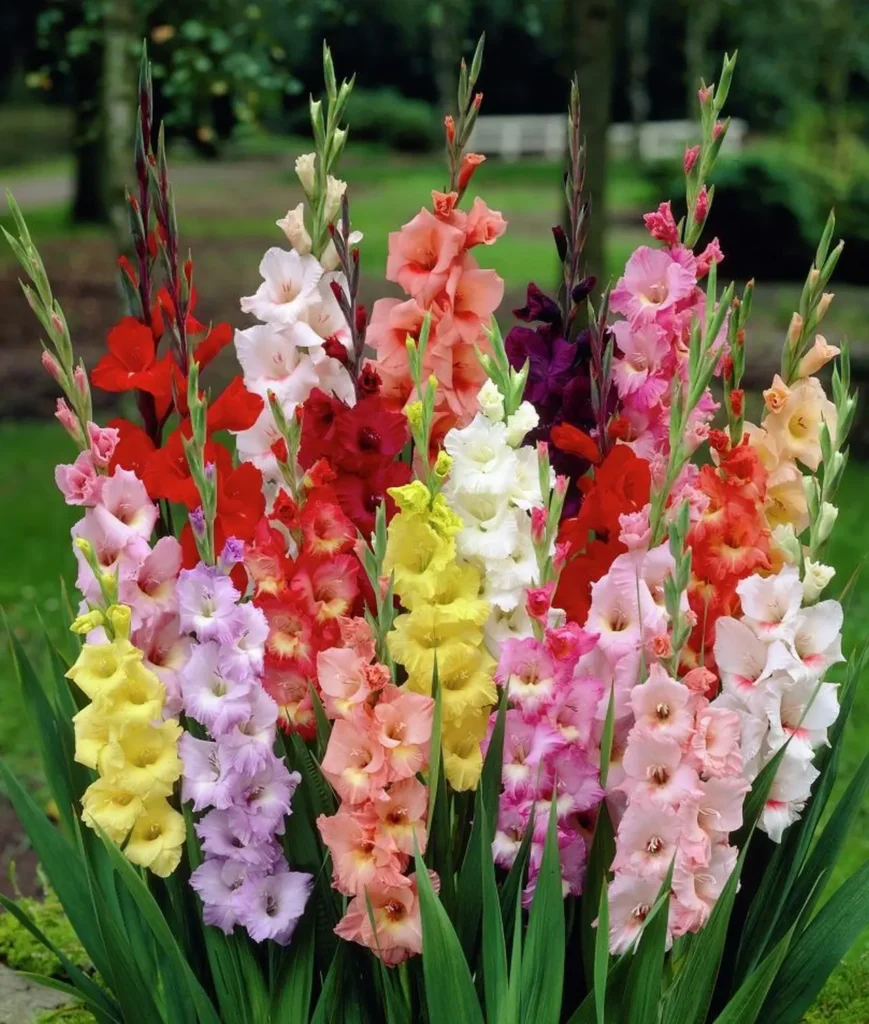
A Rich History
The gladiolus has a long and storied history, dating back to ancient civilizations. Its name originates from the Latin word “gladius,” which means sword, owing to the plant’s sword-shaped leaves and stems. Gladioli were highly esteemed in Roman times, where they symbolized strength and honor, often adorning the gladiators in ancient arenas. Over time, gladioli spread across Europe and gained popularity as ornamental plants.
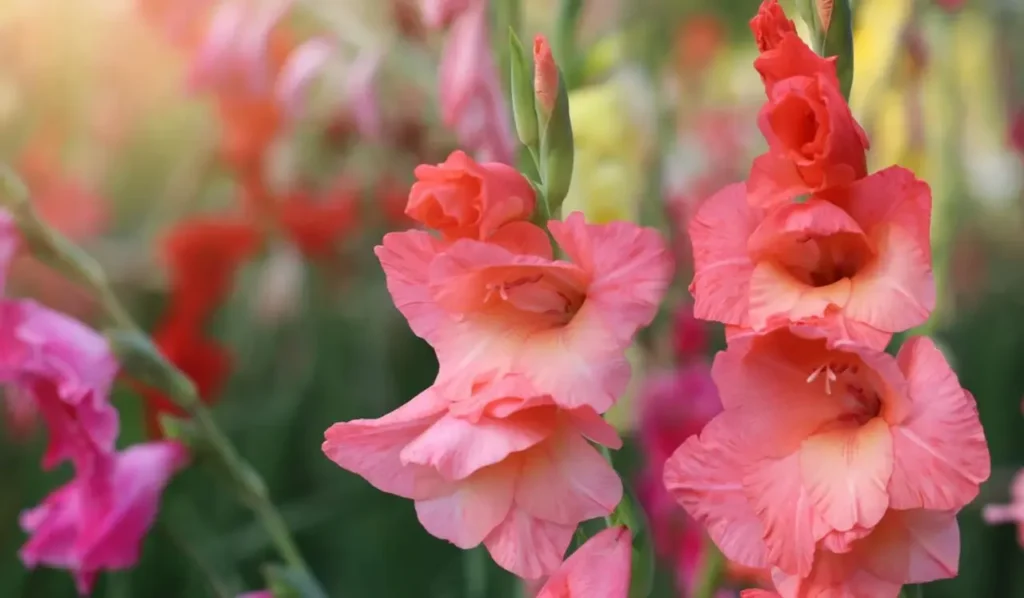
Distinctive Features and Variety
Gladiolus plants feature long, erect spikes that can reach impressive heights, ranging from two to six feet tall. Each stem bears multiple flowers, arranged in a series of upward-facing blooms. The flowers come in a wide array of colors, including vibrant shades of red, pink, orange, yellow, purple, and white. Some varieties exhibit captivating patterns and delicate markings, further enhancing their visual appeal.
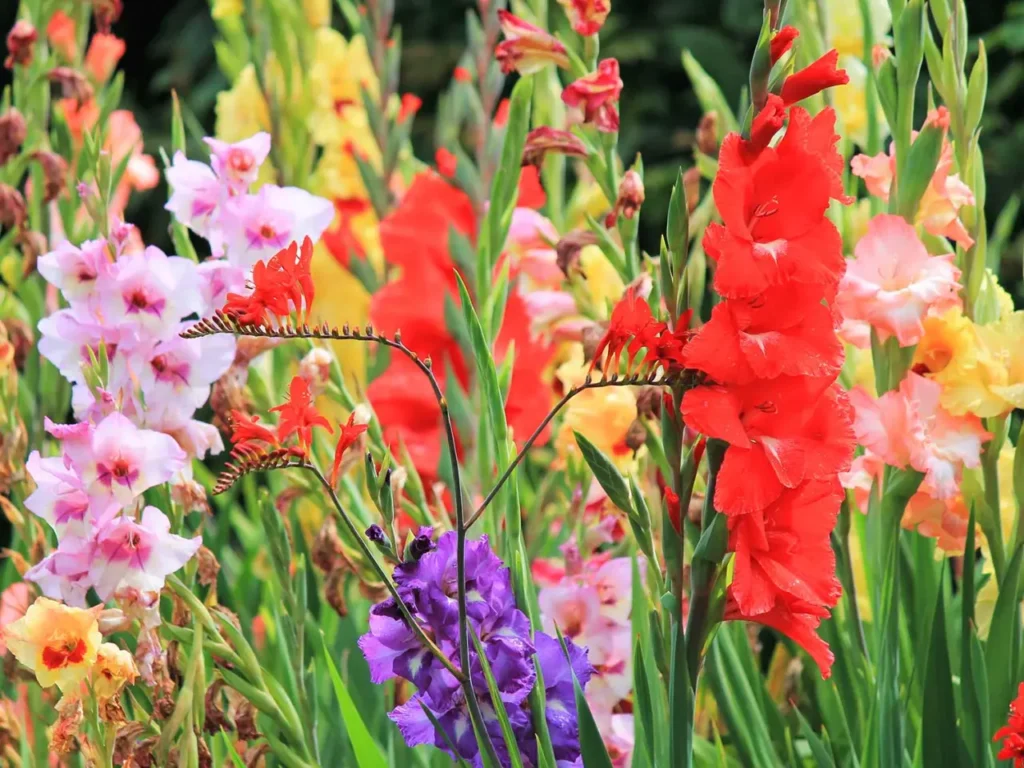
Cultivation and Care
Gladioli are relatively easy to grow, making them a favorite among gardeners. They thrive in well-drained soil and prefer full sun, although they can tolerate partial shade. Planting gladiolus corms (bulbs) in the spring, once the danger of frost has passed, ensures beautiful blooms in the summer. Adequate spacing between corms is essential to allow air circulation and prevent diseases. Regular watering, mulching, and fertilization contribute to healthy growth and abundant flowering.
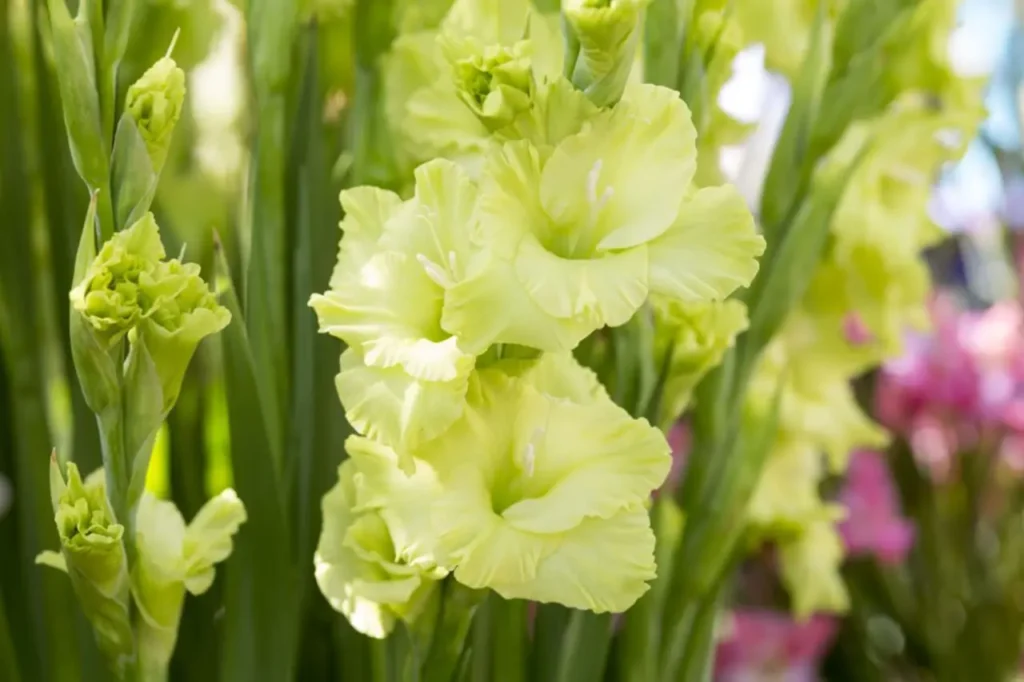
Blooming Beauty and Cut Flowers
Gladiolus flowers are a joy to behold when they burst into full bloom. The tall spikes of colorful blossoms create a striking focal point in gardens and make stunning additions to floral arrangements. As cut flowers, gladioli are prized for their longevity, often lasting up to a week or more in a vase. They add height, elegance, and a burst of color to floral displays for special occasions or as everyday adornments.
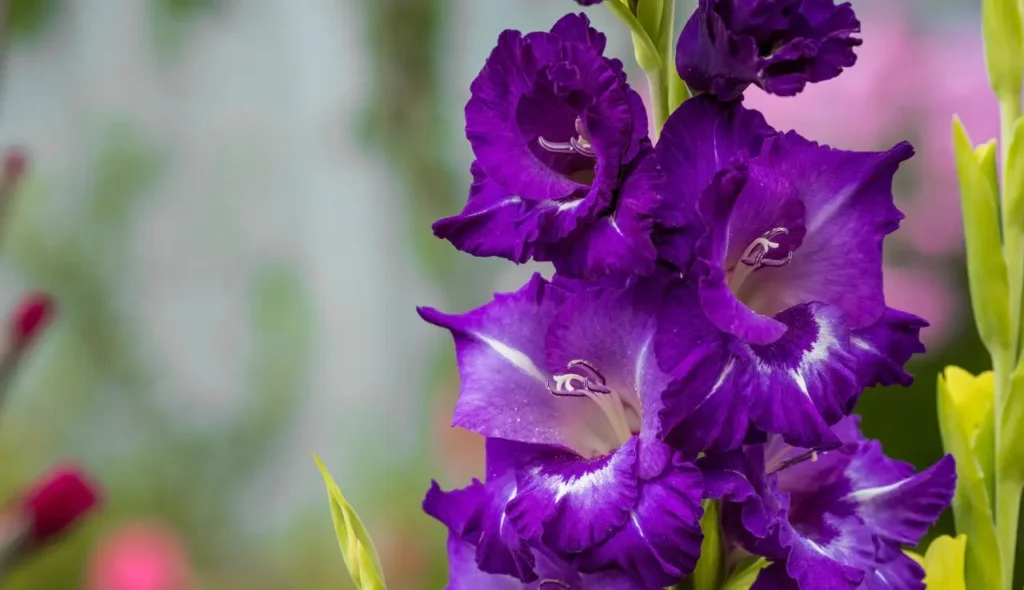
Symbolism and Meaning
Gladiolus flowers carry symbolic meanings that vary across cultures and contexts. In general, they are associated with strength, integrity, and honor. Gladioli are often used to convey sentiments of admiration, remembrance, and sincerity. They can be gifted to celebrate accomplishments, express sympathy, or convey heartfelt emotions. Understanding the symbolism behind gladioli adds depth to their beauty and makes them even more meaningful.
Hybridization and Floral Diversity
Over the years, hybridizers have cultivated a wide range of gladiolus varieties, resulting in a staggering diversity of colors, sizes, and forms. Some gladioli have ruffled petals, while others display double blooms or intricate patterns. The availability of miniature and dwarf gladiolus varieties has expanded their versatility, making them suitable for container gardening or smaller spaces.
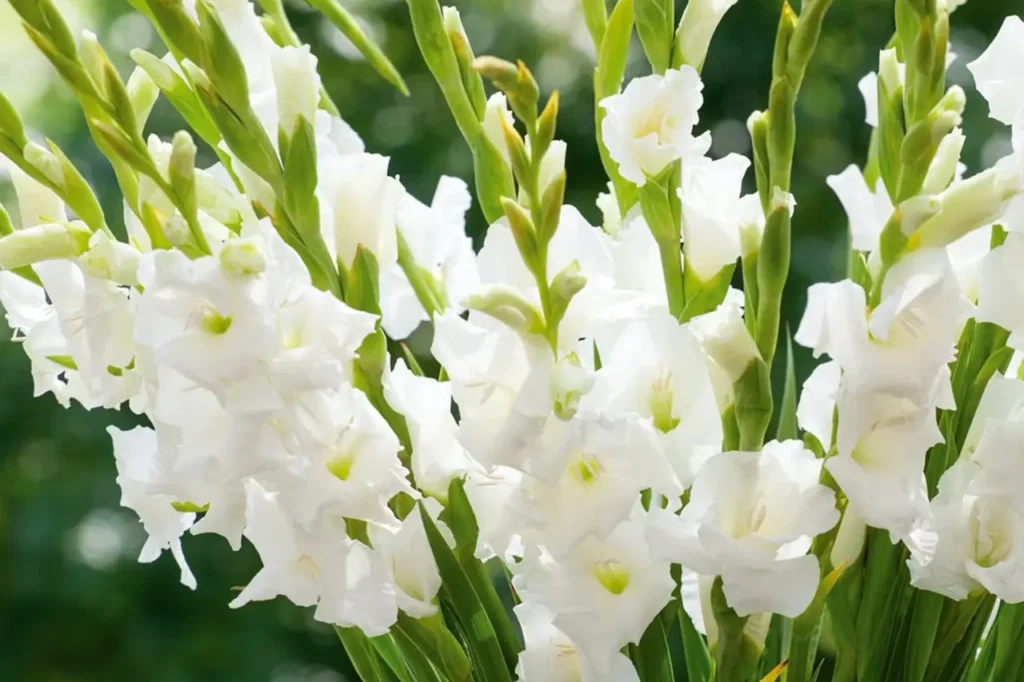
Preserving Gladiolus Bulbs
At the end of the growing season, it is essential to preserve gladiolus bulbs for future blooms. Once the foliage turns yellow and begins to wither, carefully dig up the corms and remove any excess soil. Allow the corms to dry in a well-ventilated area for a few weeks. Once dried, store them in a cool, dry place, preferably in mesh bags or paper containers, until the next planting season.
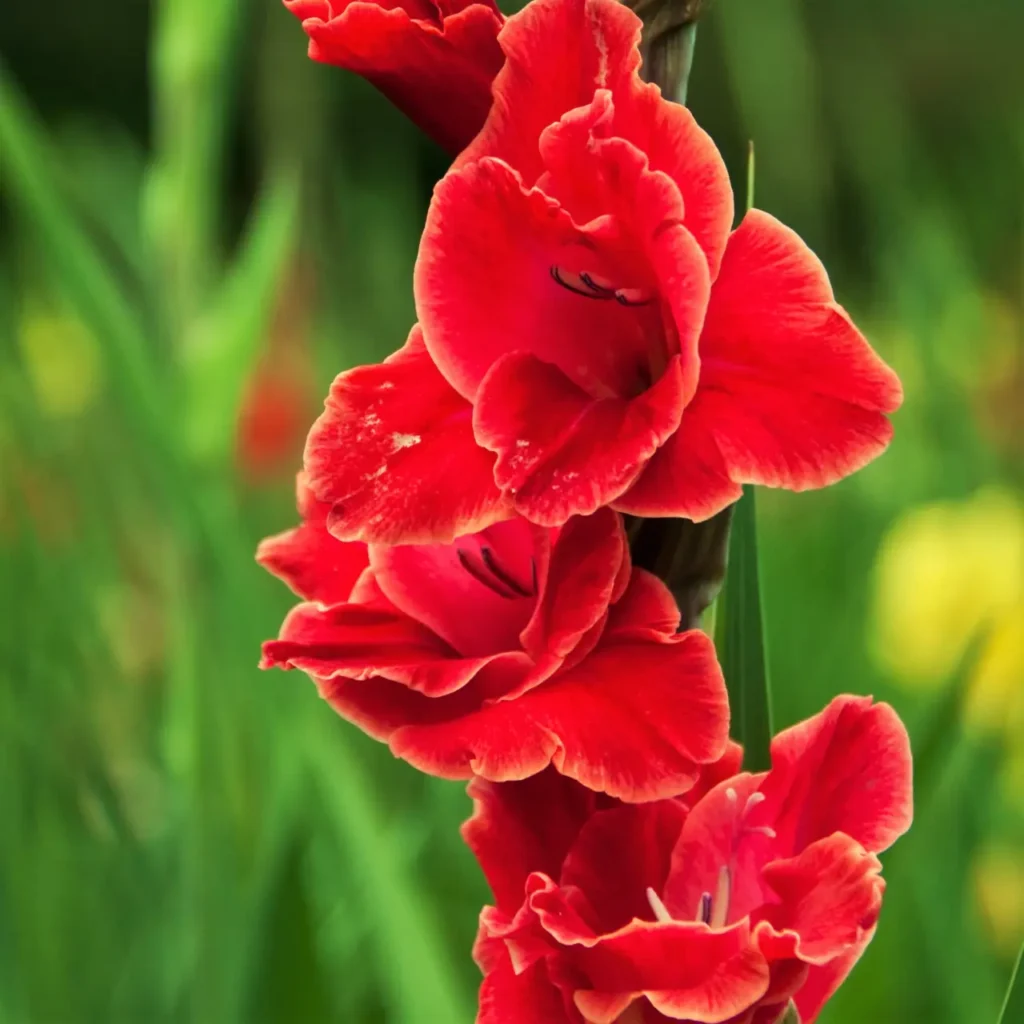
Gladiolus, with its regal stature and vibrant blooms, continues to captivate gardeners and flower enthusiasts alike. From their historical significance as symbols of strength and honor to their versatility in gardens and floral arrangements, gladioli bring an undeniable charm and grace to any setting. Whether as a focal point in a garden bed or as a stunning centerpiece in a vase, the gladiolus remains an enduring symbol of natural beauty and resilience.
